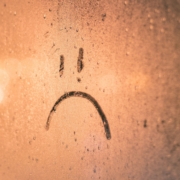What Happened to Flattening the Curve?
 I have been following the data on the spread of the coronavirus updated daily by the New York Times since I was made aware of this resource sometime in late March/early April 2020.
I have been following the data on the spread of the coronavirus updated daily by the New York Times since I was made aware of this resource sometime in late March/early April 2020.
On April 9, near the first peak observed, 34,699 new cases were recorded and the 7-day average was 31,544 cases (obtained from the NYT page on coronavirus cases linked above). I am writing this blog post on December 2, 2020, though I am not sure when I will be ready to share it online. The most recent data posted on the NYT page is for December 1. It states that 184,294 new cases were reported yesterday (December 1) with a 7-day average of 161,245 cases. As I write this, the NYT reports that more than 13,888,300 people have been infected by COVID-19 and at least 272,100 people have died due to this virus.
Hospitals are overwhelmed and healthcare workers are struggling to keep up with the demand for care.
- NPR reported on November 10 that hospitalizations are hitting high records.
- On November 10, Mayo hospital reported that over 1,000 staff members were out due to COVID-19. Later on November 18, Mayo reported that more than 900 clinic staff in Minnesota and Wisconsin tested positive for COVID-19 over a 2-week span.
- The Post Bulletin reported on November 10 that over 85% of the critical care hospital beds in eastern Minnesota were in use and that the hospitals in these areas were on-trend to reach full capacity.
- In St. Louis, Missouri, hospitals reported on November 25 that they are “at capacity now” and were routing patients to other area hospitals.
- As of December 1, the NYT reports that 98,691 people are hospitalized because of the coronavirus. This is up 32% from previous days.
- The USA Today reported on December 2 that New Mexico’s intensive care beds were at 101% capacity and that the explosive growth of the virus could overrun our healthcare system for not just COVID patients but anyone needing medical care.
- On December 2, 97% of ICU beds in the 16 eastern Tennessee counties were occupied with only 8 ICU beds open in the entire region. Even 93% of non-ICU beds were occupied.
- Hospitals in Santa Clara County, California were working together to redistribute patients who require ICU care because hospitals in the county were between 84% and 93% capacity.
- Many hospitals are also canceling elective surgeries to free-up beds and healthcare workers to treat the surge of COVID patients.
These are just a few of the stories I found about how hospitals and healthcare workers are currently stretched because of coronavirus. If you do your own search, you are likely to find many, many more.
How did this happen? Back in March and April, the goal was to “flatten the curve.” According to the graph of coronavirus cases reported per day since March, not only have we not flattened the curve, but we don’t seem concerned regarding what the curve looks like at all.
Back in March when the US first began to respond to the pandemic, I realized that there were going to be people who died not because they caught coronavirus but because they had a medical issue and didn’t receive the treatment they needed because of the coronavirus. The person who had a heart attack or stroke and weren’t treated in time because there wasn’t a bed available or enough doctors/nurses to care for them. The woman who’s tumor went undetected because her mammogram was postponed due to all medical staff being needed to treat COVID patients. If our hospitals and healthcare workers are overwhelmed, there may be no help available if you get sick at all, be it from COVID-19 or not.
This is exactly where we are now – if you become ill for any reason, our medical system is so overwhelmed that the help you need may not be available to you. Preventing the spread of the virus isn’t just about keeping people from getting sick from COVID, it’s also about preventing our medical system from being overall so medical services available for all those who need it.
I know everyone is tired, including me. The only things I have really succeeded in doing is putting on the COVID-19 (actually 15 pounds, but still more than I would have liked) and hosting some wonderful Zoom happy hours. I also manage to shower and cloth myself on a daily basis, usually in stretchy, comfy pants. I totally understand the grind that is living in this COVID Groundhog’s day. It sucks the big one, but I believe we need to keep going. Masking. Washing our hands. Social distancing. It’s our only choice if we want to curb the spread of this virus.
2020 has been the longest decade most of us have ever experienced, but I also know we can pull together and beat this. I saw the nation’s reaction after 9-11 and the unity that came out of a horrible tragedy. I experienced incredible acts of kindness, compassion, and community when my hometown was ravaged by massive flooding in 1993. I have seen in my own lifetime how people can pull together and overcome.
When did we lose sight of how to care for each other?
I know we are capable of better than I have seen from us in 2020. I am disappointed that so many aren’t coming together for the safety of their neighbors and community. So many who can’t see the big picture of how to care for each other.
We are capable of better than this.

 © Catherine Haslag
© Catherine Haslag © Catherine Haslag
© Catherine Haslag Created using Canva
Created using Canva © Catherine Haslag
© Catherine Haslag © 2024 Catherine Haslag, All Rights Reserved
© 2024 Catherine Haslag, All Rights Reserved © 2024 Catherine Haslag, All Rights Reserved
© 2024 Catherine Haslag, All Rights Reserved © Catherine Haslag
© Catherine Haslag Created using Canva
Created using Canva © Catherine Haslag
© Catherine Haslag © Catherine Haslag
© Catherine Haslag